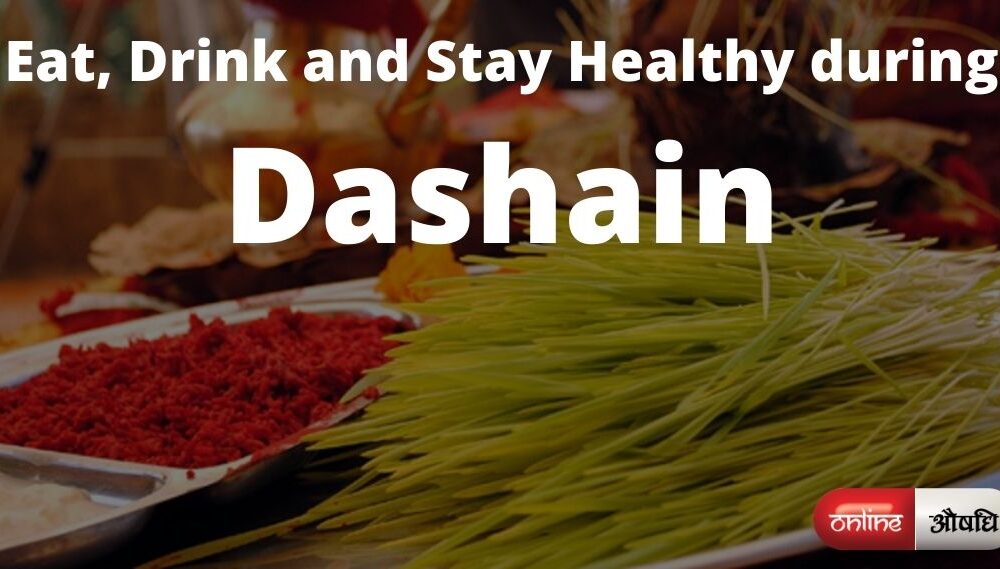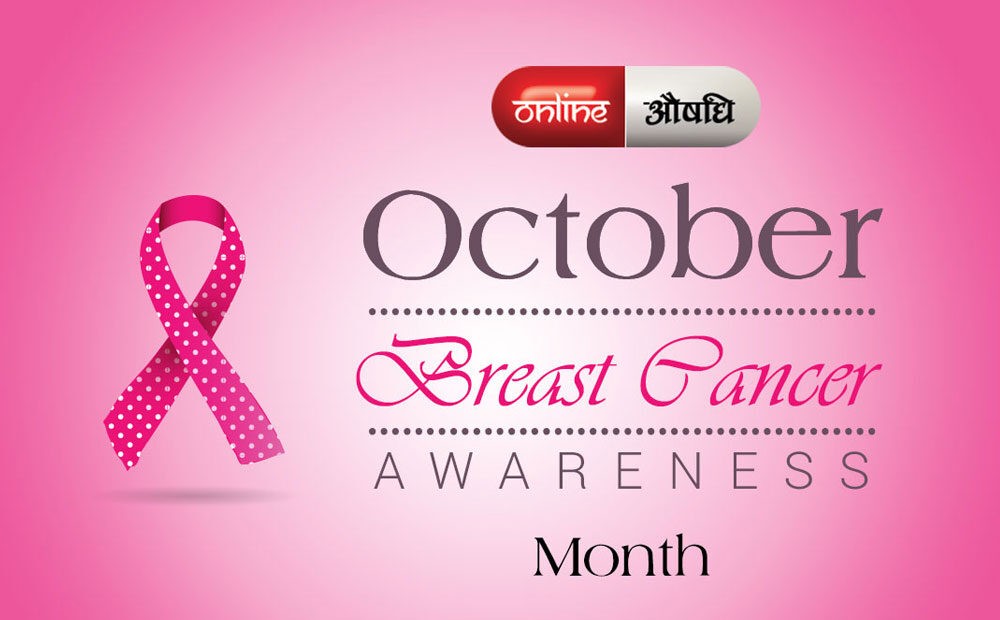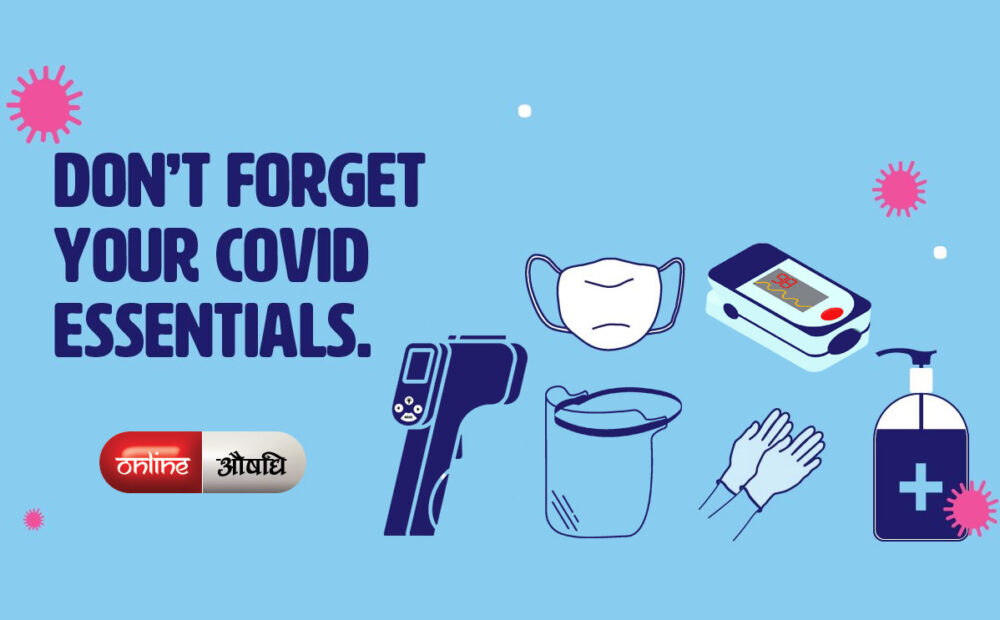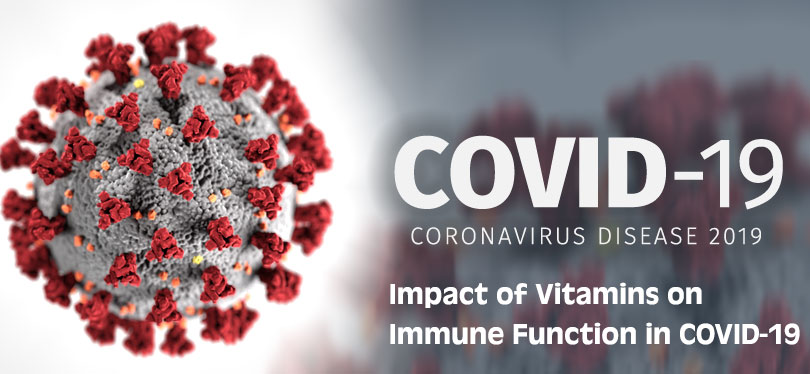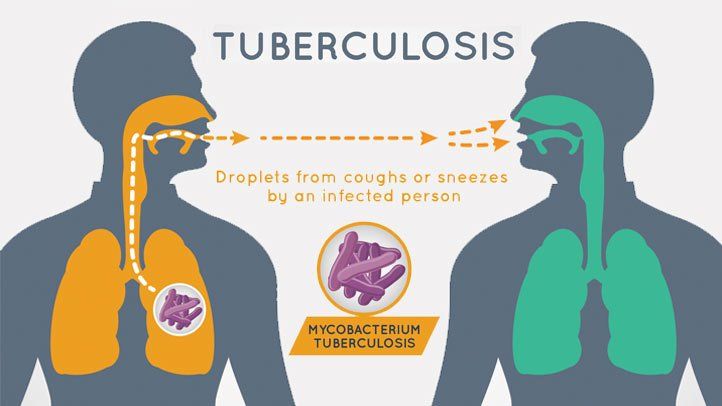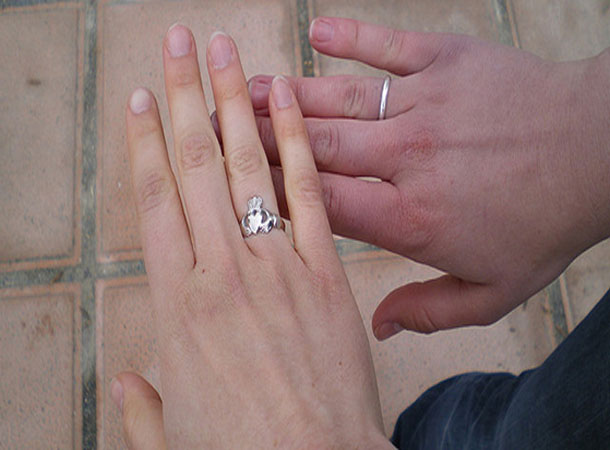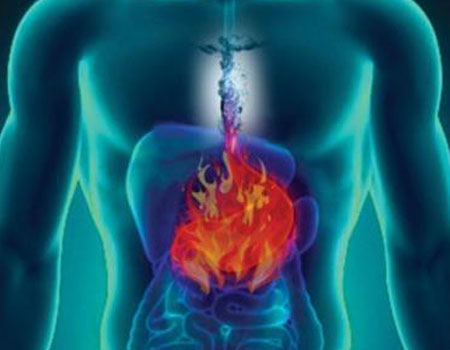Whenever you are in some warm places, your hands and feet are always cold. It is probably due to these health reasons:
1) Raynaud’s disorder
This is a condition in which blood vessels in the fingers (sometimes feet, ears, nose) are narrowed due to low temperatures or emotional stress. Thus, in this case fingers are white or even blue,because they lackblood. In most cases it is not known why the Raynaud’s disorder occurs, but you can recognize it bycommon cold, swollen fingers that temporarily hurt and are numb. The good news is that this condition is only unpleasant, but not harmful.
2) Autoimmune Disease
The autoimmune disease is a disorder in which the immune system attacks its own tissue because of an inappropriate immune response of the body against certain substances in it. Sounds seriousand scary, well it is, so if you notice symptoms such as in Raynaud’s disorder, you must do sometests immediately. When spotted on time, it can be held under control without any health consequences.
3) Hypothyroidism
It is not uncommon to have cold hands or feet, if you have a problem with the thyroid gland. The thyroid works as a thermostat to the body. When less active, many bodily functions slow downafterappearing symptoms such as fatigue, obesity and the ever-present feeling of coldness. This condition is common for people older than 50 years.
4) Poor circulation
Most people think this is the main and only reason for cold hands or feet. Poor circulation occurs when blood flow is reduced because of poor work from the heart. When blood circulates through the body as it should, it is quite normal to feel coldness in hands and feet, so swelling and numbness is also a common symptom because the hands and feet are farthest from the heart.
5) Anemia
Anemia occurs when the body does not have enough red blood cells or hemoglobin in the blood is low.As a result, the body is supplied with sufficient oxygen, which can cause cold hands or feet. Anemia may occur due to lack of iron in the diet, sudden loss of blood (menstruation in women),ulcers,certain types of cancer…
6) Lack of vitamin B12
The vitamin B12, which is found in red meat, processed meat, eggs, milk and dairy products isimportantfor the creation of red blood cells. Lack of this vitamin leads to their reduction. A simple blood test can reveal whether you are lacking vitamin B12 and are therefore constantlyhavecold hands.
7) Low blood pressure
Low blood pressure occurs because of dehydration, blood loss, use of certain medications or endocrinedisorders. When blood pressure is low, blood vessels will direct blood away from the extremities to the vital organs, leaving your fingers cold. If you have low pressure followed by blurred vision, fatigue, nausea, weakness and confusion, you mustcontact your doctor.
8) Stress
Stress can cause many disorders in the body, so cold hands or feet are no exception. When you are under chronic stress, it secretes adrenaline that tightening blood vessels in the extremities, leading tocold hands and feet.
9) Medications
There are many medications that constrict blood vessels, especially the arteries, and when that happens, the result is Raynaud’s disorder.
10) Smoking
If you do not have good enough reasons to stop smoking, here is another on the list. Nicotine from cigarettes causes repeated contraction and narrowing of the blood vessels.


